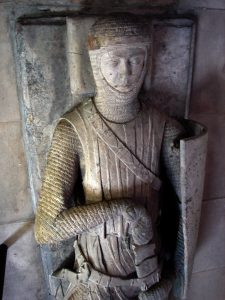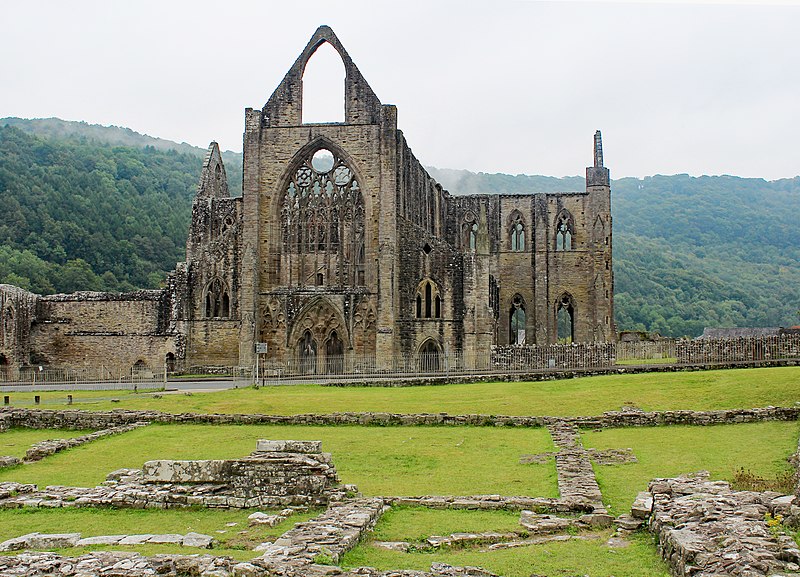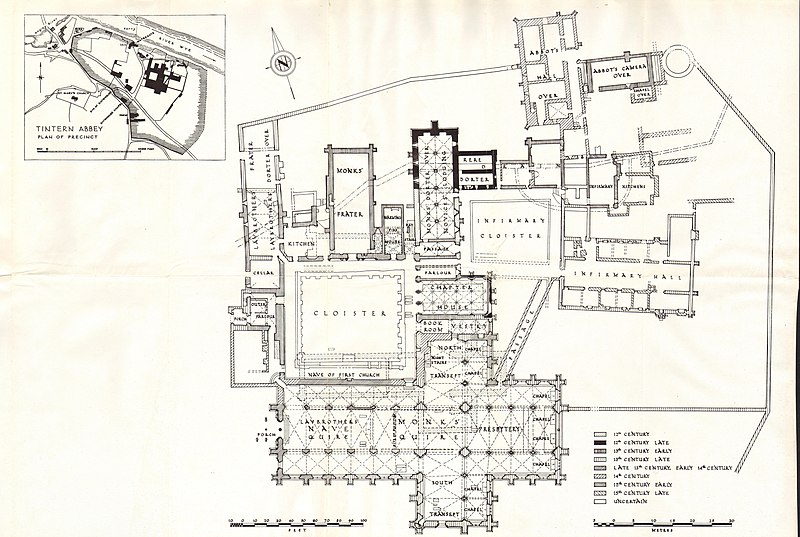 In this blog, I am continuing to discuss the significance of the church in my West Country medieval mystery series featuring my heroine, the Lady Apollonia of Aust. I have spoken of prominent cathedral churches and important abbeys, and last month I discussed several lesser abbeys and priories in my third story, Memento Mori.
In this blog, I am continuing to discuss the significance of the church in my West Country medieval mystery series featuring my heroine, the Lady Apollonia of Aust. I have spoken of prominent cathedral churches and important abbeys, and last month I discussed several lesser abbeys and priories in my third story, Memento Mori.
This month I will discuss monastic houses referred to in my fourth book, Templar’s Prophecy. Most of the monasteries of England were destroyed during King Henry VIII’ s Dissolution in the 16th century as shown in the pictures in this posting which can only give an idea of ruins that have survived. There are few monasteries mentioned in Templar’s Prophecy, but Cirencester Abbey plays a huge role in the story, and my posting on May 17 of this year is devoted to that abbey. There is a link to that post in the May 2023 archive found below on the right. I especially dealt with tension between the town and the abbey in the April 2022 archive below on the right. Templar’s Prophecy also mentions the Gilbertines in Lincolnshire, but they are not part of this story.
The Knights Templar must be mentioned here because Templars were an unusual military order which appears in the title of my fourth book. The Templars swore an oath of poverty, chastity, and obedience and renounced the world, just as the Cistercians and other monks did, but they were a military order created during the Crusades to protect pilgrims. Like monks, the Templars heard the divine office during each of the canonical hours of the day and were expected to honor the fasts and vigils of the monastic calendar, yet they did not build abbeys and priories. Instead, they built churches and castles, ran farms, and accumulated much land and wealth. Above on the left you see the Templar Knight’s image that appears on the front cover of the paperback version of my book.
(By Martinvl – Own work, CC BY-SA 4.0, https://commons.wikimedia.org/w/index.php?curid=93347474)
Only one other abbey is mentioned in this book, and it appears in a subplot, namely the decision of Lady Apollonia’a fifth son, David, to become a monk at Tintern Abbey. This monastery was located in Wales along one bank of the River Wye before that river empties into the River Severn. As the crow flies, it is only about ten miles north-northwest of Lady Apollonia’s home village of Aust, but David’s decision takes him far away from the Lady.
The ruins of Tintern Abbey, as shown above, are famous because of the great romantic interest which developed in recent centuries for the abbey ruins as well as the entire River Wye valley. But Tintern was a significant abbey before the Dissolution in the 16th century. The Cistercians traditionally built their monasteries away from towns and cities so that the monks would not be distracted from their work and worship. A diagram of the medieval buildings of the working monastery is shown below.
David had purposely selected the rigorous life of a Cistercian monastery where monks lives were extremely strict in following the Rule of St. Benedict. In 1395 his decision to become a monk at Tintern Abbey would have been ever more welcome because the number of monks had been seriously reduced by the waves of the Black Death that had swept over fourteenth century England.
See you next time.
(By Craster, O.E. – https://archive.org/details/tintern-abbey-official-guidebook/page/n26, Public Domain, https://commons.wikimedia.org/w/index.php?curid=115388479)

